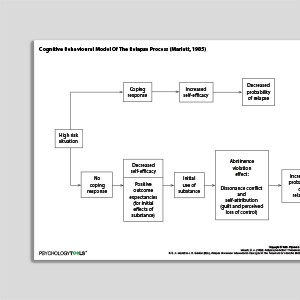Information Handouts
Did you know that 40 to 80% of medical information is immediately forgotten by patients (Kessels, 2003)? The same is probably true of therapy and counseling, so clients will almost always benefit from having access to additional written information. Psychology Tools information handouts provide clear, concise, and reliable information, which will empower your clients to take an active role in their treatment. Learning about their mental health, helpful strategies and techniques, and other psychoeducation topics helps clients better understand and overcome their difficulties. Moreover, clients who understand the process and content of therapy are more likely to invest in the process and commit to making positive changes.

















































